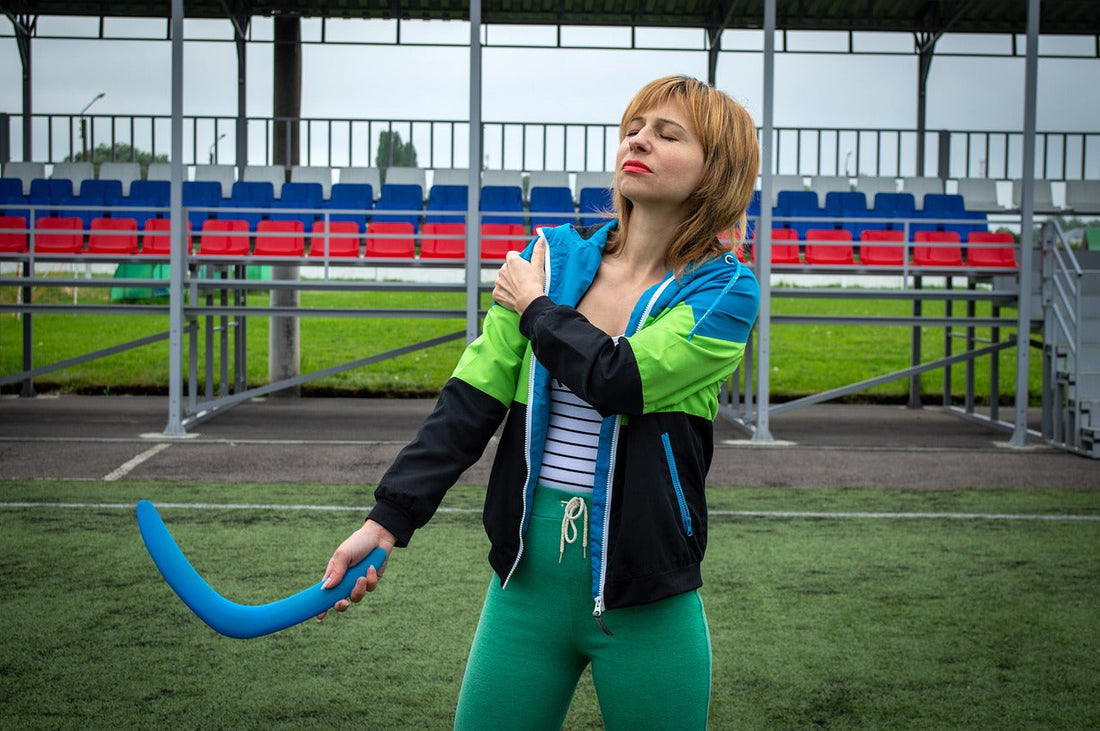
7 Things to Expect After Reverse Shoulder Replacement Surgery
Share
Reverse shoulder replacement surgery is often recommended for individuals who have a rotator cuff tear that cannot be repaired or when other treatments have failed to relieve chronic shoulder pain unrelated to arthritis. This procedure involves replacing the shoulder’s ball-and-socket joint. Unlike a traditional shoulder replacement, the ball and socket components are switched in this procedure.
Given the complexity of the shoulder joint, recovery from surgery can be challenging. However, knowing what to expect can help make the process more manageable.
What to Expect After Reverse Shoulder Replacement Surgery
Joint Immobilization: After surgery, you will likely be given a sling to keep your shoulder stable and immobile. It’s advisable to have support from family and friends for daily tasks in the initial days of recovery.
Reduced Range of Motion: In the first few weeks post-surgery, you may find it difficult to lift your arm above your head. To accommodate this, consider moving essential items in your home to lower shelves or countertops within easy reach. Individuals undergoing surgery due to degenerative conditions may not regain full range of motion, although improvement is likely as healing continues.
Medication: Your doctor will probably prescribe antibiotics to prevent infection and pain relief medication to manage discomfort right after the procedure. It’s a good idea to fill these prescriptions ahead of time so you can focus on recovery without worrying about acquiring medications.
Rehabilitation Exercises: Soon after surgery, your doctor or physical therapist may recommend gentle range-of-motion exercises, such as pendulum swings or stretching. Following their guidance will help ensure that you strengthen the area while protecting the healing tissues. Most individuals begin more intensive strength-building exercises about 4 to 6 weeks after surgery.
Cold Compression Therapy: Some doctors may suggest using cold and compression therapy to aid healing. Cold therapy can help reduce swelling and manage pain, while compression helps minimize fluid buildup and eliminate waste from the shoulder joint.
Follow-Up Appointments: Regular check-ups with your doctor, including x-rays, may be necessary to monitor your recovery and ensure everything is healing as expected.
Recovery Outcome: The extent of your recovery will depend on the severity of your initial injury. Many individuals report little to no pain after several months and experience a significant improvement in their range of motion.
If you are considering cold and compression therapy as part of your recovery, be sure to discuss it with your doctor to determine if it’s right for you.
